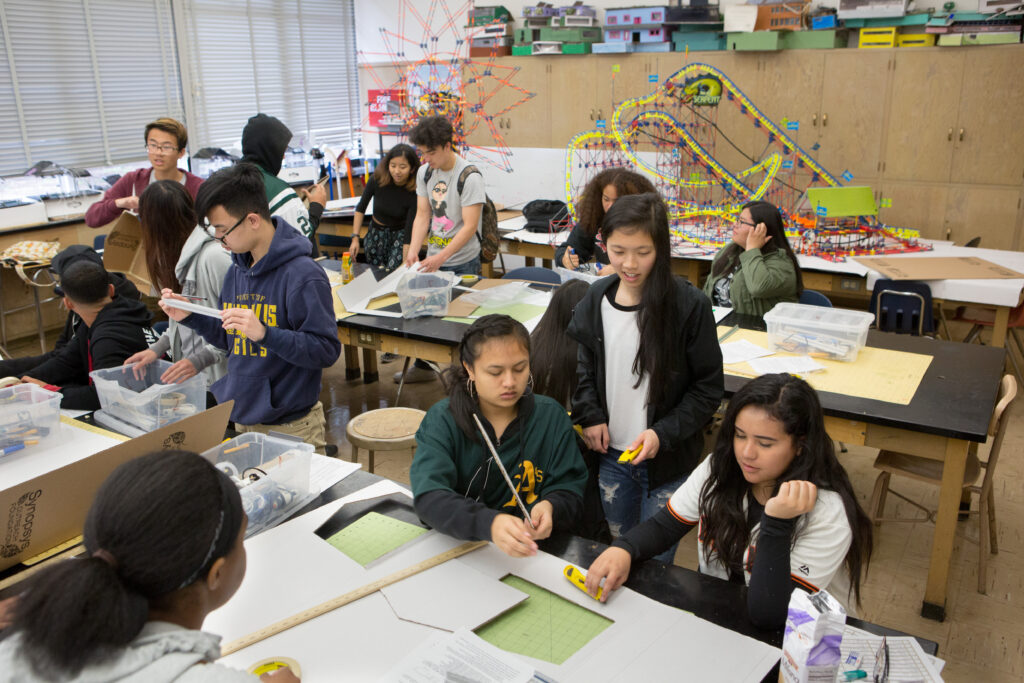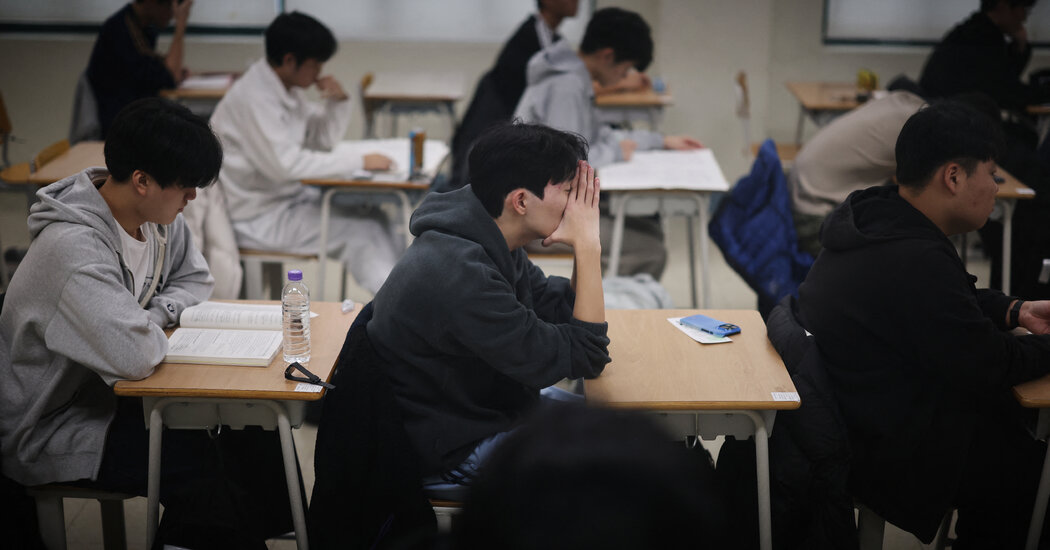“`html
Impact of Banning Phones in College Classrooms on Student Engagement
The increasing presence of smartphones in educational settings has sparked a growing debate about their impact on student learning and engagement. With the advent of mobile technology, classrooms have transformed into environments filled with potential distractions that can detract from the educational experience. Recent studies and anecdotal evidence suggest that banning phones in college classrooms can significantly enhance student engagement and learning outcomes. This article examines the implications of such policies, highlighting the benefits of reduced distractions and improved retention of information.
Over the past decade, educators have observed a marked shift in student engagement levels, particularly in environments where mobile devices are prevalent. A notable case comes from a professor at the University of Pennsylvania, who implemented a strict no-phone policy in their classroom. The results were striking; student evaluations reached an all-time high, with many expressing that the course was among the best they had ever taken. This improvement coincided with the ban on cellphones and computer-based note-taking, except for those using styluses. Initially, students reacted skeptically to the policy, but as the semester progressed, they reported feeling more focused and engaged, leading to a deeper understanding of the material presented.
The policy mandated that phones be turned off and kept out of sight, with exceptions made for urgent situations, such as awaiting important calls. This approach aligns with existing research on the cognitive effects of technology in learning environments. Studies have shown that students who take handwritten notes tend to retain information better than those who type notes on laptops. This phenomenon can be attributed to the cognitive processing required when writing by hand, which encourages students to synthesize and organize information actively.
In a controlled study involving 520 undergraduate students, researchers found that the mere presence of a smartphone, even when turned off, adversely affected cognitive performance. Students who placed their phones on their desks performed worse on cognitive tests compared to those who stored their devices in bags or left them in another room. This suggests that the distraction posed by smartphones extends beyond active usage, impacting concentration and mental capacity.
The Social Dimensions of Smartphone Usage
Additionally, smartphones have been shown to undermine the quality of interpersonal interactions. A study conducted in British Columbia revealed that diners who kept their phones on the table during meals reported feeling less connected to their companions and experienced lower overall enjoyment of the dining experience. This trend raises concerns about the role of mobile devices in educational settings, where face-to-face interaction is crucial for collaborative learning.
In response to growing concerns about smartphone usage in schools, several states have enacted policies restricting mobile phone access in K-12 public schools. As of April 2023, 11 states have implemented such bans, with additional legislation pending. However, similar measures have not gained traction in higher education institutions, where students are often treated as adults capable of making their own choices. Despite this, it is important to recognize that many college students are still in developmental stages. Research in neuroscience indicates that the prefrontal cortex, responsible for decision-making and impulse control, is not fully developed until the mid-20s. This biological reality suggests that college students may benefit from structured environments that limit distractions, similar to policies found in K-12 education.
Proposed Solutions and Educator Experiences
Some educators advocate for a more stringent approach, proposing that classrooms be treated like secure facilities where smartphones are not permitted. This would involve students depositing their devices before class and retrieving them afterward. Such measures would help create an environment conducive to focused learning and engagement. Interestingly, the initiative to ban phones is not unique to one professor at the University of Pennsylvania. Other instructors have adopted similar policies, recognizing the potential for increased student engagement and satisfaction. For example, a philosophy professor and a religion class titled “Living Deliberately: Monks, Saints and the Contemplative Life” have both implemented restrictions on phone usage to foster a more immersive learning experience.
Moreover, the implementation of these policies has been met with a variety of responses from students. While some students initially resist the idea of a phone ban, many report feeling liberated from the constant pull of notifications and social media. This newfound focus has allowed them to engage more deeply with course material and participate more actively in discussions. In essence, the ban creates a more equitable learning environment, where all students are present and engaged, rather than distracted by their devices.
Broader Implications for Educational Policy
As the educational landscape continues to evolve, the conversation around smartphone usage in classrooms is likely to intensify. The evidence supporting the benefits of banning phones is compelling, suggesting that such policies could lead to improved learning outcomes, greater student satisfaction, and enhanced social interactions within the classroom. Furthermore, these discussions prompt a broader examination of how technology is integrated into educational practices and the potential need for regulatory frameworks that prioritize student well-being.
In conclusion, the growing trend of banning phones in college classrooms reflects a broader recognition of the need for focused learning environments. As educators strive to enhance student engagement and retention, the implementation of policies that limit distractions from mobile devices may prove to be a valuable strategy in achieving these goals. Moving forward, it will be essential for institutions to consider the implications of technology in education and to explore innovative solutions that prioritize student learning and well-being.
Ultimately, the challenge lies in balancing the benefits of technology with the necessity of maintaining an effective learning environment. By fostering a culture that values attention and engagement, colleges and universities can create spaces where students are empowered to learn and grow without the constant distractions of modern technology.
“`




